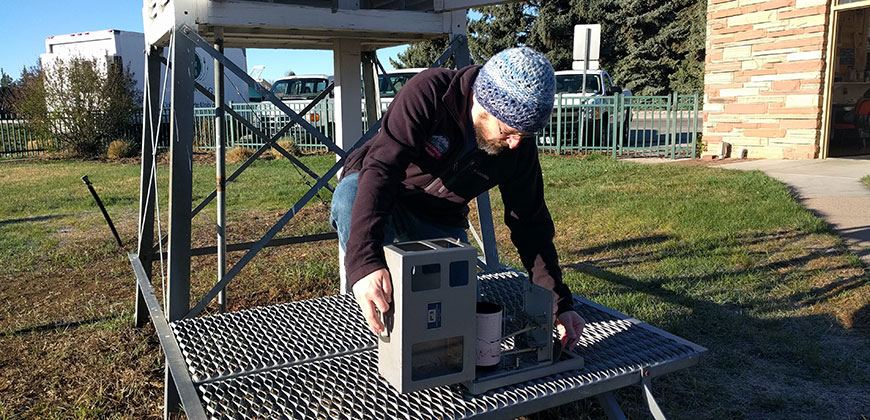CSU weather station: 140-plus years of climate data
by Milena Thompson | April 13, 2017 9:00 AM
Endnotes:
- The Historic Fort Collins Weather Station: https://ccc.atmos.colostate.edu/~autowx/fclwx_about.php
- National Weather Service Cooperative Observer Program Station: http://www.weather.gov/rah/coop
- accessible to the public: https://ccc.atmos.colostate.edu/~autowx/fclwx_current.php
- National Centers for Environmental Information: https://www.ncei.noaa.gov/
- Colorado Climate Center: http://ccc.atmos.colostate.edu/
- visit the website.: http://climate.colostate.edu/~autowx/
- Community Collaborative Rain, Hail and Snow Network (CoCoRaHS).: https://www.cocorahs.org/
- http://climate.colostate.edu: http://climate.colostate.edu
Source URL: https://source.colostate.edu/csu-weather-station-140-plus-years-climate-data/
Copyright ©2024 SOURCE unless otherwise noted.
